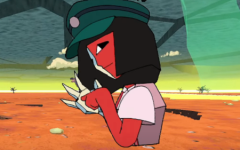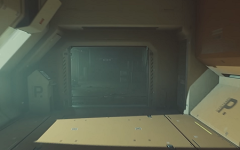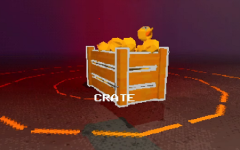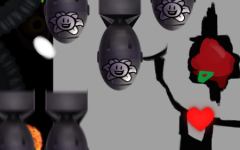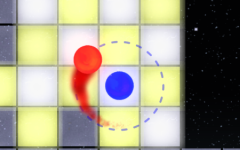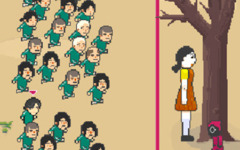Advertisement
CS GO Old Version
Advertisement

When Counter-Strike: Global Offensive (CS: GO) first launched, it revitalized the first-person shooter (FPS) genre with its strategic depth and competitive fervor. The old version of CS: GO was a blend of raw mechanics and essential gameplay, where players were thrown into intense battles between terrorists and counter-terrorists. This edition focused on the core elements that made the series legendary: precise shooting, tactical teamwork, and high-stakes objectives like bomb planting or hostage rescue. The simplicity of its maps and the balance of its weapons laid the groundwork for what would become a staple in competitive gaming circles.
Mastering the Art of Strategy and Skill
In this initial iteration, CS: GO was more than just a game of reflexes; it was a chess match with guns. Players had to learn the nuances of each map, from the tight corridors of Dust II to the open spaces of Mirage, and use that knowledge to outmaneuver their opponents. The old version emphasized the importance of economy management, forcing teams to make tough choices about when to save and when to buy. Each match was a lesson in adaptation, with players constantly adjusting their strategies based on the flow of the game. The thrill of victory in CS: GO’s early days was not just in outshooting the enemy, but outthinking them, making every round a test of mental and physical skill.





















































































































